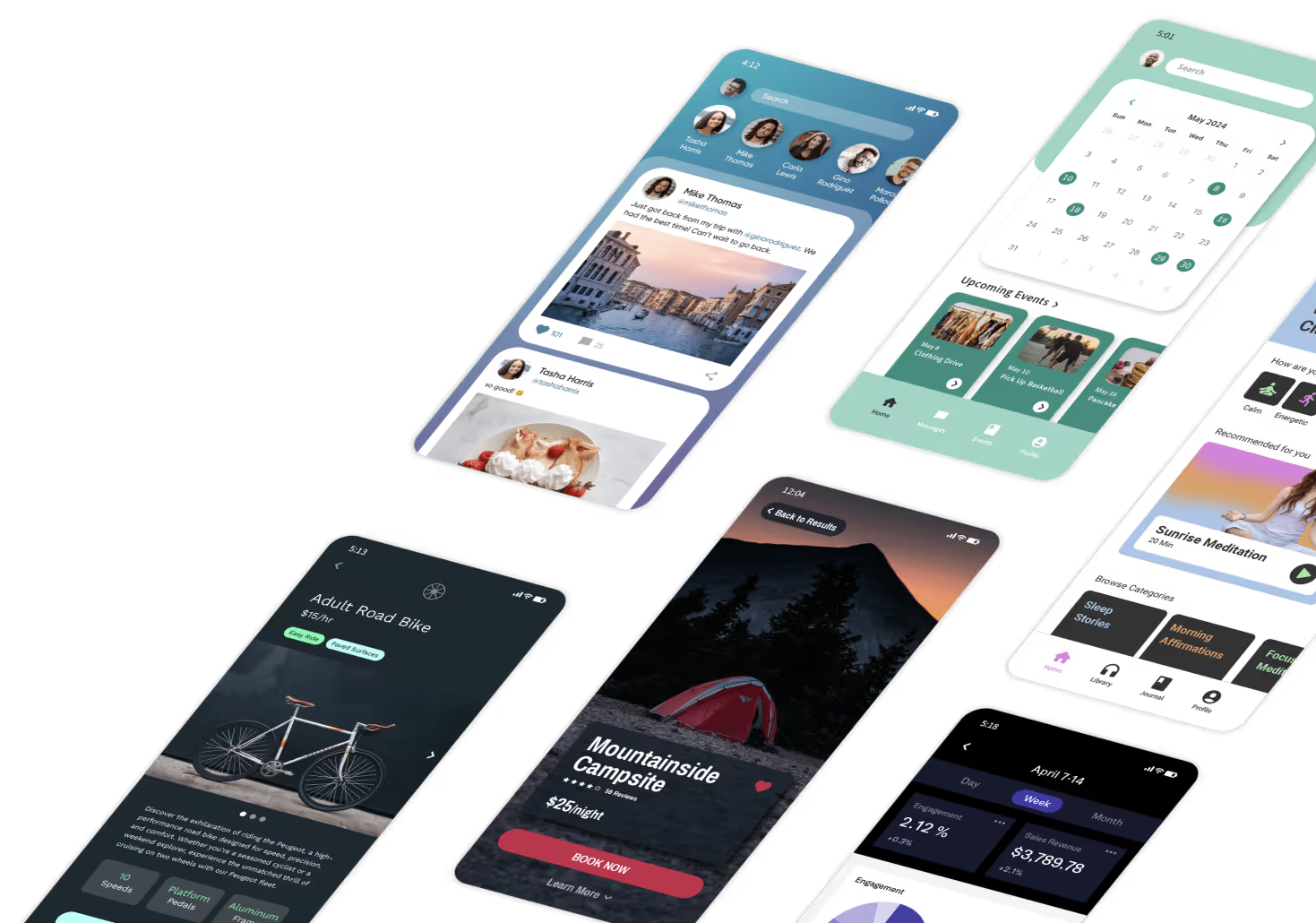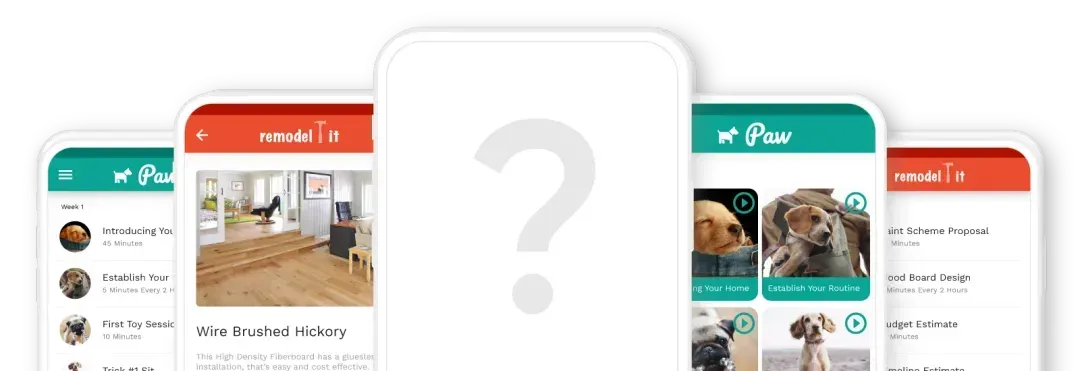With the rise of tools to build software without coding, no-code freelancing has become an incredible opportunity for makers to build a rewarding career. But it’s not just no-code freelancing that’s growing in popularity – the concept of independents providing expert services has become the new way of working.

In 2019, there were over 50 million freelancers in the US, and that number has only been increasing. Freelancers are good for business, and good for the economy, with freelancers bringing in over $1.2T to the economy.
With just a laptop, good internet connection, and relevant skills, a good freelancer can get work from around the world. The tech industry in particular has seen the largest increase in freelancers. The fast pace of product development and high demand for software keeps this demand going – and no-code tools have allowed freelancers to build software quickly and more efficiently than ever before!

Here’s why no-code freelancing is growing in popularity.
Diverse clients, new challenges
Most no-code freelancers and makers have the opportunity to work with a wide range of clients to keep things interesting. They can target specific niches if they choose, or pick any project they find creatively challenging.
Balance, balance, balance
Plenty has been said about work-life balance, being your own boss, and managing your own calendar, especially in the context of freelancing. According to a recent survey by FlexJobs, the main reason people chose to freelance, was to enjoy a healthier work-life balance. In fact, 70 percent of the people surveyed said that their decision to freelance was motivated by need for a better balance between career and life goals.according to the FlexJobs survey, is to attain healthier work-life balance.
Work from home (wherever that may be!)
The best thing about freelancing is that it comes with the freedom to live and work wherever you choose. This is a big deciding factor for people that might want to prioritize flexibility, especially when it comes to geography.
Choose projects that bring joy
The FlexJobs survey found that nearly half the people interviewed wanted to retain the ability to choose their pwn projects. It was important to them to be able to decide whether they'd like to juggle multiple projects, or opt for one big, rewarding gig.
Doc Williams Shares His Time Management Hacks
We recently had an incredible interview with an Adalo no-code freelancer that celebrates some of the best aspects of the journey. We hope it helps paint a picture of how a day in the life of a maker might look!
Here’s his story ⬇️
I define success by how happy I am. If I'm motivated to do the work, I find that the money is great. But beyond the money, what makes me excited is that I can work in a format that I enjoy.
Things like creating content, talking with people, working with great companies – that gives me energy! That's how I define success. I enjoy being able to set up my schedule in a very specific way. I like working when I feel energized, and I don't like slogging through hours and hours of just feeling like I'm a zombie.
It really comes down to schedule and what works for me now, everyone is totally different and there are tons of great, great resources out there to decide like how to structure your day. With the way the creator economy is structured, I can be proactive in my building, and in what I'm doing.

Managing Time as a No-Code Freelancer
Here’s how I structure my time, whether it’s daily weekly, monthly, quarterly, or yearly. My days have blocks 90-minute blocks. I used to avoid using schedules because I thought they were confining. But instead, I’ve found that it actually alleviates so much stress of trying to remember everything.
Once you have a structure, you don't have all these other cobwebs or a trail of things to remember. Structure allows you to have freedom, where after those 90-minute blocks, you can do whatever you’d like with your time.
I think it's good to have free time where you're not consumed by work, or always in the hustle and grind mode. As far as daily routines go, I have a theme of the day, and then I get to it. So Mondays I have my meetings and I pretty much block all of my meetings for one day. That way, I don't have meetings scattered throughout the week, and I can focus my energy and attention better.

The next is sessions – that’s how I structure my blocks. I have a planning session for each block of time where I identify what to do with each block. I write it all out, everything down to the details. It's very concrete, very actionable, and it’s stuff that I can just get done. Then I have execution time which is 5 to 30 minutes.
I know exactly what I need to do on my hit list, I turn everything off into like notifications, turn off Slack notifications, I put my phone in a different room or I put in an airplane mode. And I work!
I might just do two 90-minute blocks a day, or I might do three at the most.
It wasn't always like this. It just started with a notebook of things I need to get done. And then I started turning it into processes. That’s for daily goals. The weekly and monthly goals depend largely on what the numbers are, whether it’s sales targets, content creation numbers – things like that. Quarterly, I look at what are my revenue goals are, and I look at trying to either be on a signature event or doing some kind of signature lab.

Want to know more about becoming a no-code freelancer?
The Adalo App Academy is full of helpful resources and tools to take your through your no-code freelancing journey. Plus – it’s free! If you want to get started and explore some of our best courses on no-code freelancing, check these out!
Tips on Getting Started Freelancing
My Journey Becoming A Freelancer












.png)
.png)

.png)